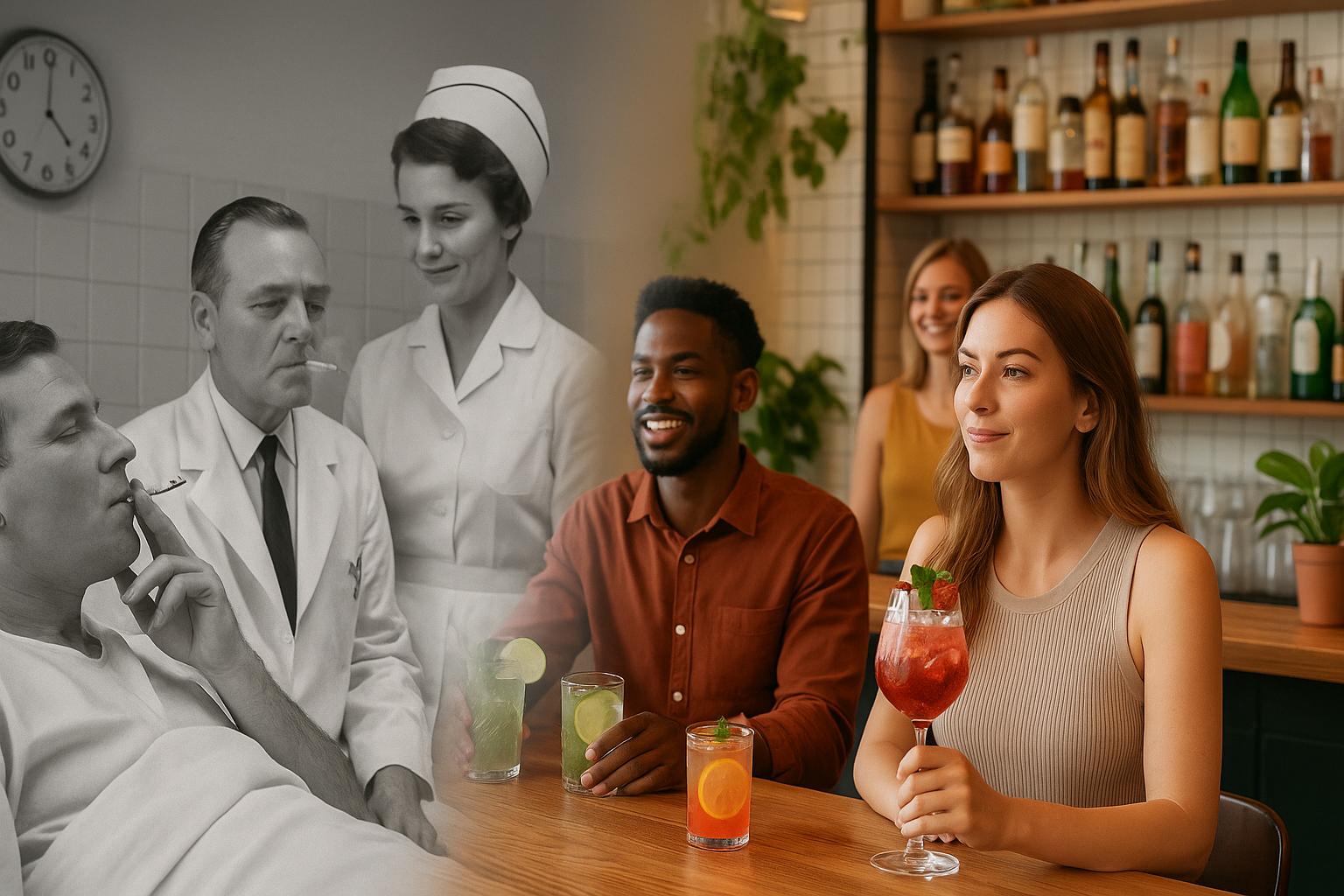The Big Shift: From Abstinence to Intention
Younger consumers aren’t rejecting alcohol—they’re managing it. The rise of the “damp lifestyle” means drinkers are alternating between full-strength and NA options. It’s about self-control, not sobriety. According to IWSR, global low/no-alcohol sales rose 9% in 2024, with no signs of slowing.
Non-alcoholic beer leads the charge—Heineken 0.0 and Budweiser Zero are showing double-digit growth—while craft brands like Athletic Brewing are rewriting the rules entirely, producing over 250,000 barrels last year and ranking among the top 20 breweries in the U.S.
The Numbers Don’t Lie
- Global NA growth: +9% in 2024
- U.S. forecast: +18% CAGR through 2028
- Athletic Brewing: ~19% market share, valued near $800M
- Heineken 0.0: +14% in first half of 2024
It’s no longer a fringe trend—it’s a core strategy.
Who’s Winning and Why
Big Beer: Heineken and AB InBev are investing heavily, treating NA like a second flagship. Heineken’s EverGreen 2030 plan centers on 0.0 growth.
Craft Pioneers: Athletic Brewing dominates the U.S. market, securing shelf space in major grocery chains.
Spirits-Style Innovators: Seedlip and Lyre’s are redefining cocktail culture, now stocked in two-thirds of bars surveyed globally.
The Distribution Shake-Up
For distributors, the NA boom is both an opportunity and a challenge.
- New routes: Because most NA drinks fall below 0.5% ABV, they often bypass the traditional three-tier system entirely.
- Margin reset: Without excise taxes, pricing and profit models change.
- Category creation: Retailers now design dedicated NA sections—cold boxes, endcaps, and “wellness” pairings—that drive real traffic.
In short, the old playbook doesn’t fit. Distributors who adapt—building real NA portfolios, educating retailers, and owning the wellness narrative—are the ones who’ll stay on the field.
Risks and Roadblocks
Even as sales soar, the NA movement faces some friction:
- Confusing global labeling rules (“alcohol-free” vs “dealcoholized”).
- Persistent social stigma, especially among younger male consumers.
- Slower repeat rates for NA cocktails outside major cities.
But none of these are deal-breakers. They’re growing pains in a maturing category that’s already proven its staying power.
The Takeaway
The non-alcohol movement isn’t about removing fun—it’s about redefining it. This generation isn’t trading barstools for yoga mats; they’re making conscious choices that let them do both.
Distributors who still see NA as a seasonal stunt are missing the point. This is a permanent category with permanent customers. The smartest players are already adjusting their lineups, reshaping sales routes, and marketing to a consumer who drinks on their own terms.
Because when it comes to the future of beverage, it’s not less—it’s different.









